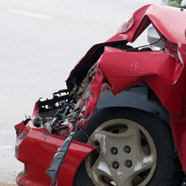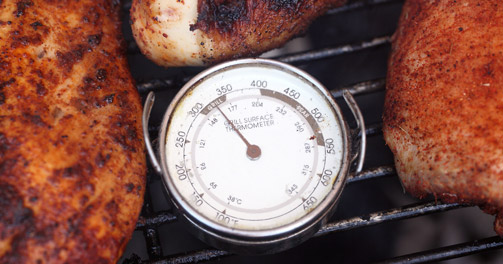
FOOD POISONING:
Food borne illness or what is commonly referred to as food poisoning, is a very dangerous but yet too common and costly public health problem. According to the Centers for Disease Control and Prevention (CDC), about 48 million Americans get sick every year from food poisoning. Of that figure, 128,000 are hospitalized, and about 3,000 die of food borne diseases in the United States. Young children, pregnant women, older adults, and people with weak immune systems are more at risk for food poisoning and should be especially cautious.
● Causes of Food Poisoning
Food Poisoning can be caused by numerous sources and factors. Contamination can occur at any point during food’s origination and production. This includes the process of growing, harvesting, processing, storing, shipping and preparing food. Food poisoning can also result from cross-contamination, which commonly occurs when there’s a transfer of harmful organisms from one surface to another. This is especially the case for raw or ready-to-eat foods, such as salads, fish and other produce and proteins. Due to the fact these foods aren’t cooked, harmful organisms aren’t destroyed before eating and can cause food poisoning once ingested.
The Most Dangerous Pathogens involved in Food Poisoning Cases:
● Salmonella, nontyphoidal
● Norovirus
● Campylobacter spp.
● Toxoplasma gondii
● E.coli (STEC) 0157
● Listeria monocytogenes
Symptoms of Food Poisoning
● High Fever – temperature over 101.5°F
● Blood in the Stool
● Prolonged Vomiting
● Abdominal pain and cramps
● Difficulty speaking
● Trouble swallowing
● Double vision
● Muscle weakness that progresses downward
● Signs of Dehydration – Common signs – decrease in urination, a dry mouth and throat, and feeling dizzy when standing up
● Diarrhea (especially if prolonged)
THEORIES OF LIABILITY:
Strict Liability
Under a Strict Liability Theory, plaintiff must prove three elements:
(1) the ingested food product was defective,
(2) the defective food led to the illness, and
(3) that the plaintiff suffered damages
This is the most plaintiff friendly theory since the plaintiff is not required to demonstrate that the manufacturer or supplier of the food should have been more careful in the processing, storing, shipping or preparation of the defective food.
-
Client Testimonials
See What Our Clients Have
To Say -
The Goel Firm Blog
Personal Injury & Insurance
News and Discussion. -
Free case evaluation.
Let Us Review
Your Case
The Goel Firm P.C.
9440 S. Santa Monica Boulevard Suite 301
Beverly Hills, California 90210
T: 424 281 4377
F: 888 800 4598
info@goelfirm.com









